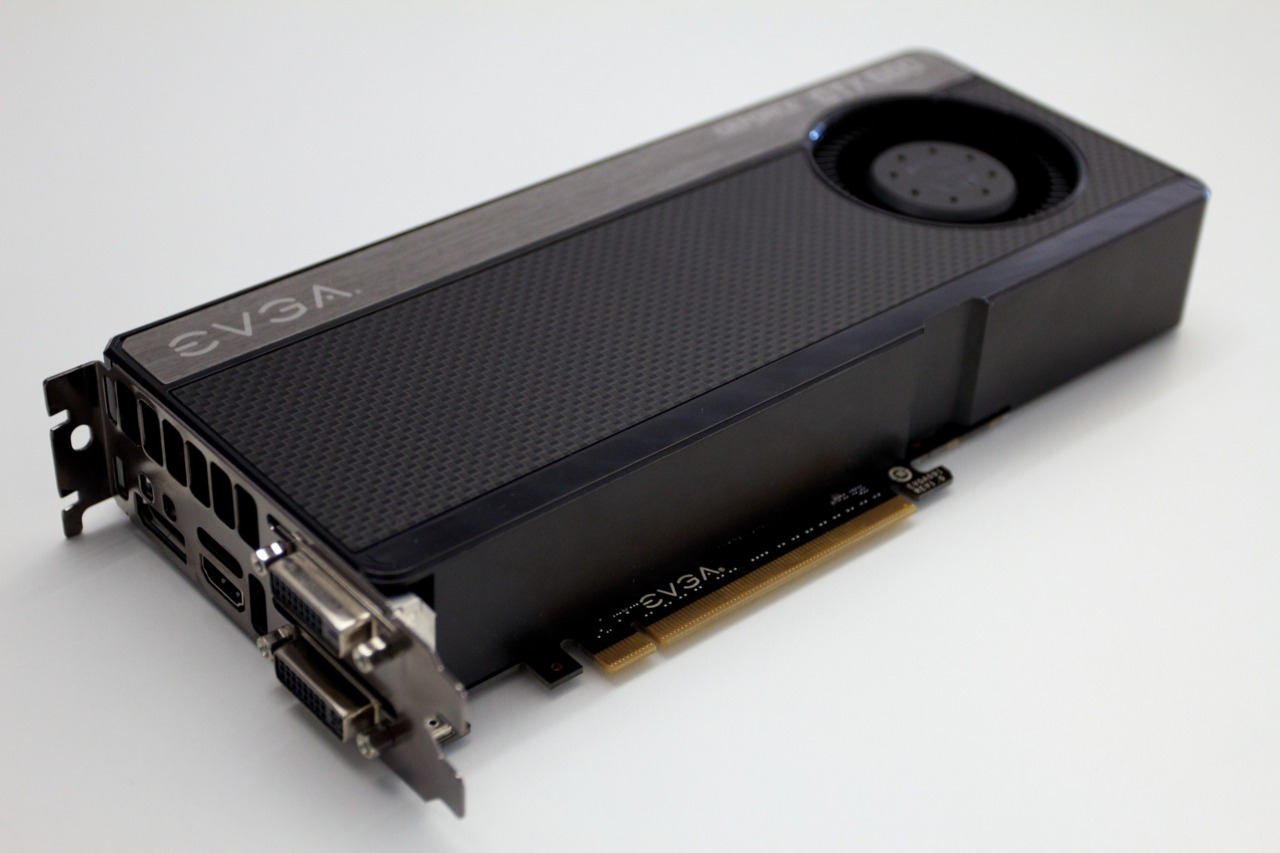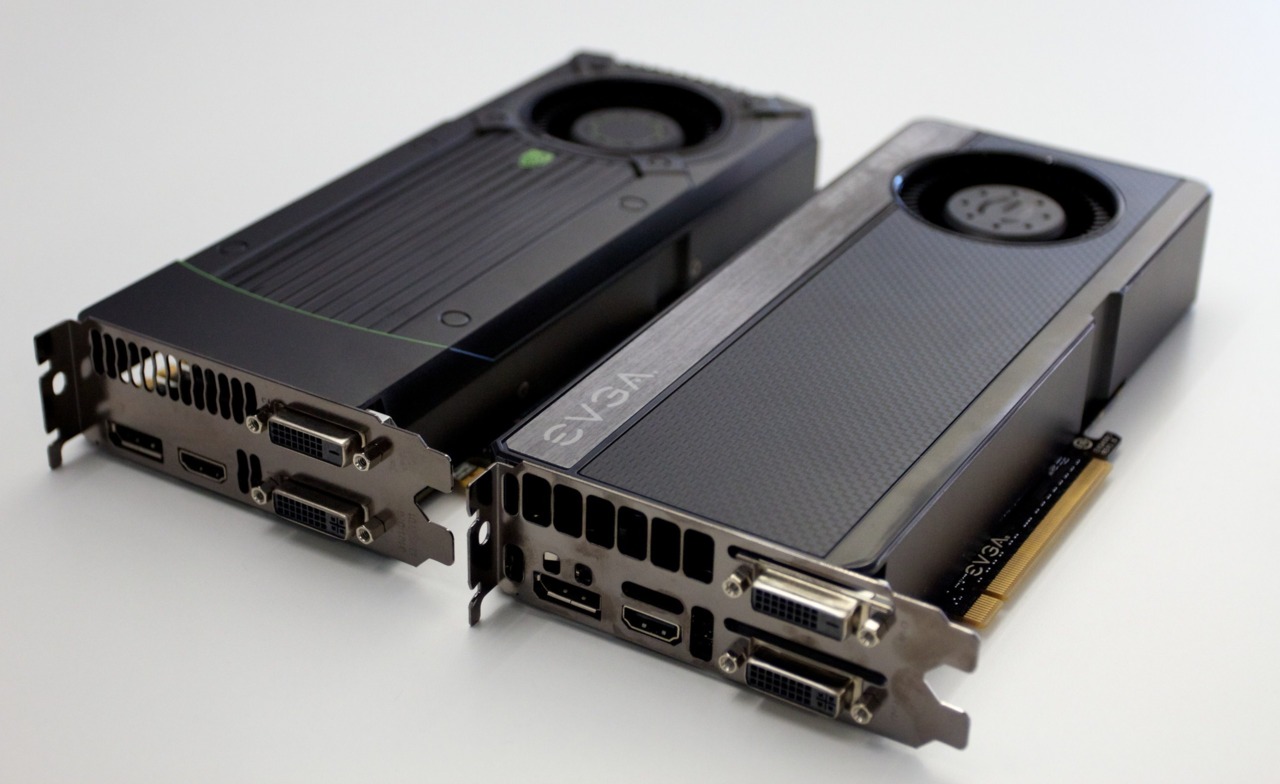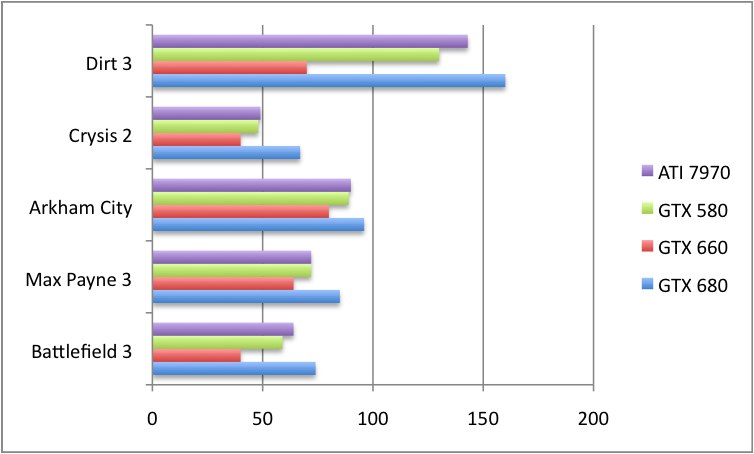EVGA GTX 660 Superclocked: 1080p For The Masses
The latest in Nvidia's Kepler line-up impresses with some killer performance and a wallet-friendly price tag.
Back in March Nvidia unveiled the GTX 680, a high-end, super-powered, graphics monster that became the world's fastest GPU. Since then the chip-maker has released the GTX 670, and 660 Ti, both of which turned in an impressive performance too. The trouble is, for the average gamer none of those cards are particularly appealing when it comes to price; the GTX 680 is an eye-watering £400, while the 670 comes in at around £329 ($399), and the 660 Ti £249 ($299).
That's a significant chunk of change. Thankfully, there's another option for budget-conscious gamers looking to make the leap to the 600-series and DirectX 11 gaming: the GTX 660. It's based upon a new form of the Kepler chip architecture, imaginatively titled GK106. Core features include a TDP of 140 Watts, 960 CUDA cores, a 980 Mhz base clock, a boost clock of 1033 Mhz, 2GB of 192-bit GDDR5 memory, support for dual-SLI, and the ability to drive up to four monitors simultaneously. While those specs are a step down from the 1536 CUDA cores of the GK104-based GTX 680, they represent a significant leap from the GK107-based GT 640 and its measly 384 CUDA cores.
EVGA GeForce GTX 680 Superclocked
Like its more powerful cousins the GTX 660 is overclockable, and as such manufacturers are releasing their own tweaked versions of the card. One such card is EVGA's GeForce GTX 660 Superclocked, which features a base clock of 1046 Mhz, and a boost clock of 1111Mhz. That might only be a small increase in clock speed, but for those afraid to overclock, or those who simply don't want to risk voiding a manufacturer's warranty, it's a neat way to get a faster card straight out the box. Plus, that convenience doesn't cost more either, with EVGA's card retailing for £179.99, the same as standard versions.
If you are looking to overclock further, EVGA provides its Precision X and OC Scanner X software to make the process as pain-free as possible. Plus, it backs it up with one of the best warranties in the business, which runs for 3 years as standard, and can be extended further by registering your product for free. Oh, and the understated black and silver look of the card and single-fan arrangement is damn sexy too--obscene coolers and flashing lights just don't do it for us.
Performance
Nvidia claims the GTX 660 is designed for running games at 1080p (by far the most popular resolution for gaming), and at high settings. Sure enough, performance across the board in the GameSpot UK test rig was impressive, so much so that the card gives the Ti version a run for its money.
Test Rig Intel Core i5 2500K 8GB Corsair Vengeance LP DDR3 RAM ASUS P8Z68-V Motherboard Corsair HX850 PSU Arctic Cooling Freezer 13 Pro Samsung 7200 RPM HD
In all the games we tested, and at ultra settings with tesselation and AA maxed out, the card achieved a minimum of around 40fps, making games easily playable. Turning down the anti-aliasing or switching detail levels to high pushed the frame rate well above 60. In less taxing games like Counterstrike; Global Offensive, Diablo III, and Starcraft II, the card pushed well over 100fps, making it a great budget choice for competitive gamers.
There's much to love about the GTX 660, from its cheaper price, to its reduced power consumption (it only requires a single six-pin PCI-E plug), to its accomplished performance. It hits that sweet spot between price and pixel-pushing-power that many gamers have been waiting for since the launch of the Kepler architecture.
Sure, if you're aiming to game above 1080p then a 670, a 680, or indeed a 7970 is a better choice. But, for the rest of us, the GTX 660 is simply a no-brainer.
'Got a news tip or want to contact us directly? Email news@gamespot.com



Join the conversation